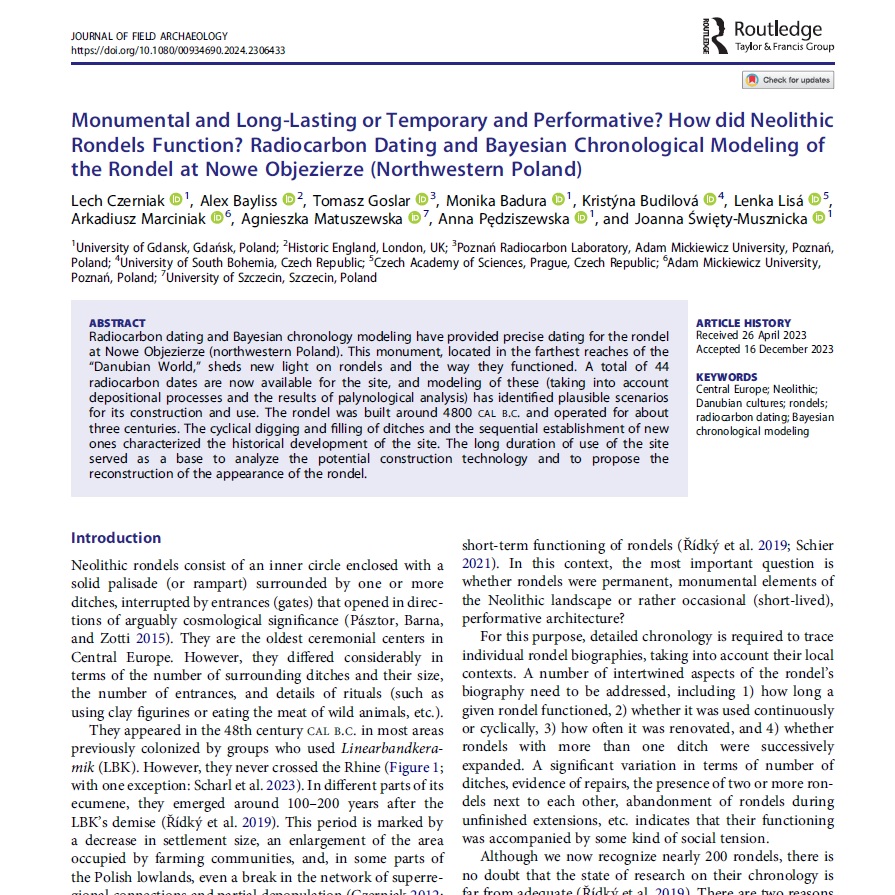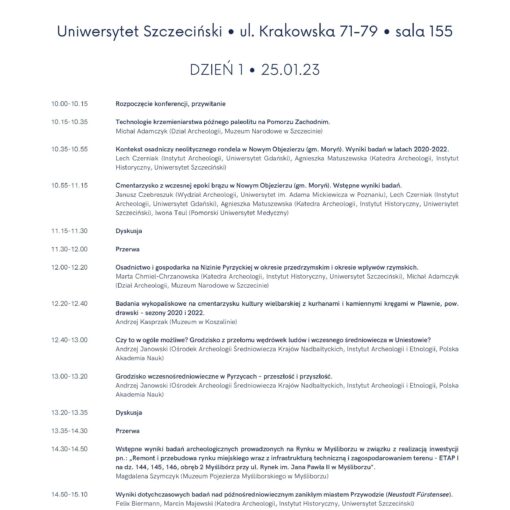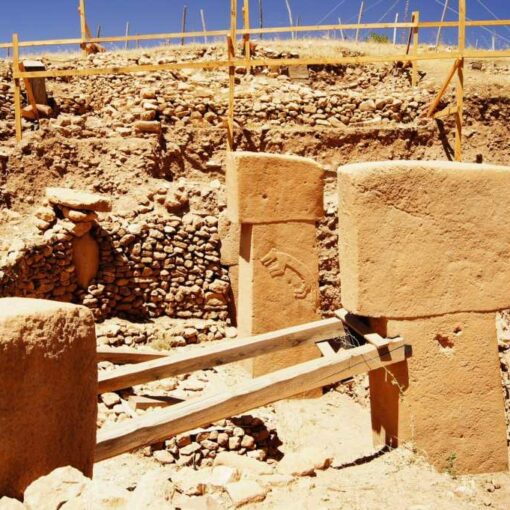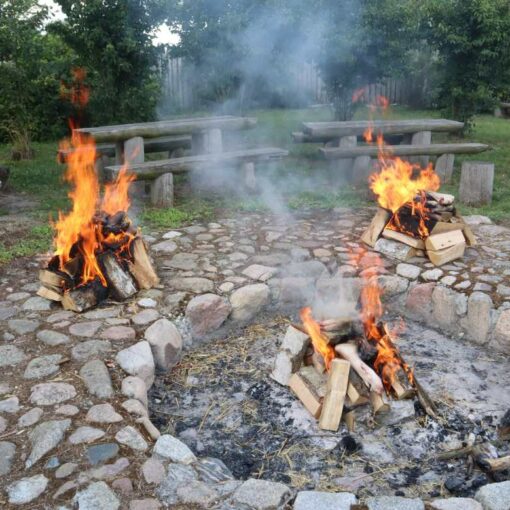Radiocarbon dating and Bayesian chronology modeling have provided precise dating for the rondel at Nowe Objezierze (northwestern Poland). This monument, located in the farthest reaches of the “Danubian World,” sheds new light on rondels and the way they functioned. A total of 44 radiocarbon dates are now available for the site, and modeling of these (taking into account depositional processes and the results of palynological analysis) has identified plausible scenarios for its construction and use. The rondel was built around 4800 CAL B.C. and operated for about three centuries. The cyclical digging and filling of ditches and the sequential establishment of new ones characterized the historical development of the site. The long duration of use of the site served as a base to analyze the potential construction technology and to propose the reconstruction of the appearance of the rondel.
https://doi.org/10.1080/00934690.2024.2306433





